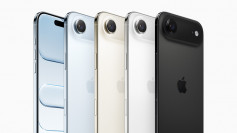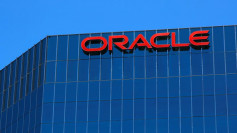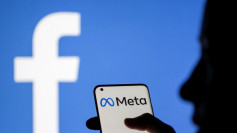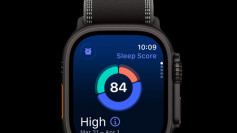The U.S. government's refusal to grant a reprieve on the ban imposed on Huawei forced Google to withhold access to apps and services from the Chines tech giant. As a result, the Huawei Mate 30 series hit the market minus Google support and even before taking off the flagship device is headed to a crash.
While the Mate 30 is still an Android device, it is on the open-source channel, and that means the absence of official Google applications and services found in previous flagship releases by Huawei. It appears right now that the prospect is not too rosy for the rising device vendor.
"For a typical user who wants a seamless Android experience, firmware updates and security patches, and assurance that there are no shocks down the road, spending $1000 on a device that might or might not survive the next set of firmware updates is a risk," Forbes said in a report.
The assessment is understandable because the only way a user can enjoy the Mate 30 with a taste of Android is a workaround. It is the same fix that Huawei initially endorsed but is now deemed a security risk.
The said workaround involves the installation of the LZPlay app, sourced from China, on the Mate 30. Security experts said doing this is like inviting bad things to happen because it gives core system access to the device, theoretically granting creators of LZPlay and Huawei unbridled control.
Add to that, the fix clearly sidesteps the ban imposed by the U.S. government, and tolerating its use will only bring more troubles for Huawei. The same goes for Google, so it's no surprise that the workaround became unavailable soon enough.
Then there's another fix from the good folks at XDA Developers, which simply suggests restoring a backup image from a separate device to the Huawei Mate 30.
The trick "involves restoring a backup image from a device that managed to install Google apps using Google Services Assistant," and supposedly is perfect for the Huawei Mate 30 Pro that made use of the first workaround.
The fix might give hope, but it's clear that it is a mutation of the original workaround, and therefore carries the same risks. It is a security flaw, and using it will only make matters worse for both Huawei and Google.
So owning a Huawei Mate 30 at this time is not very wise. Forbes said it could lead to both heartache and headache. And there is no arguing it is a bad investment, both for consumers and the manufacturer.
Per the same report, the Huawei Mate 30 is unlikely to replicate the impressive sales seen with previous releases of Huawei devices. The only hope for Huawei now is for its spat with the U.S. government to see a quick resolution.






